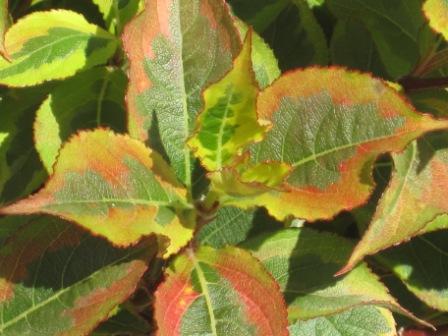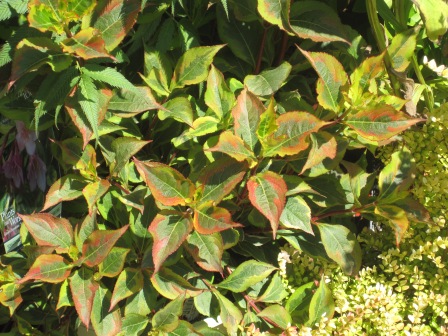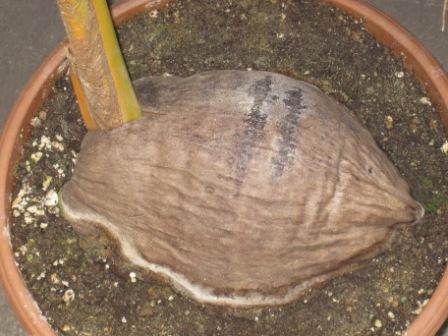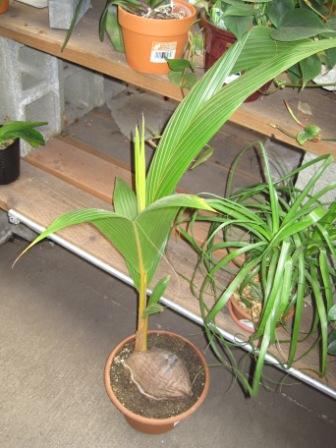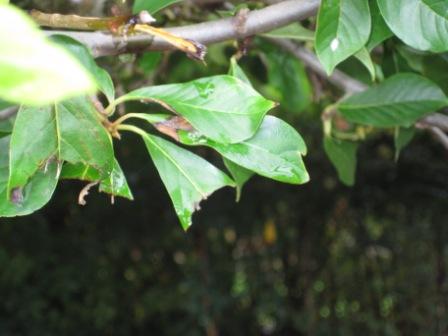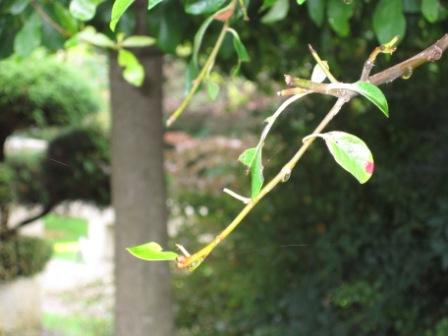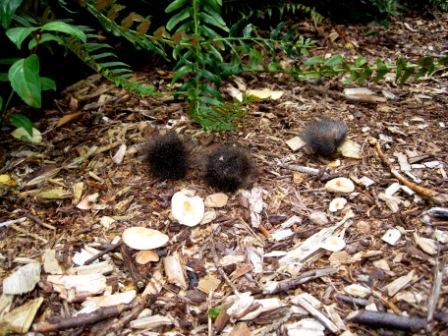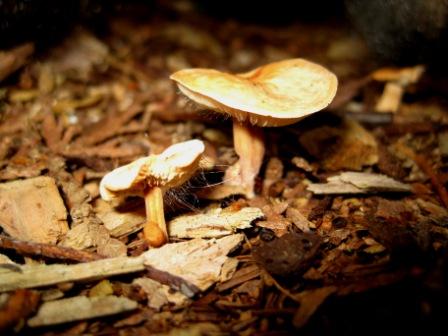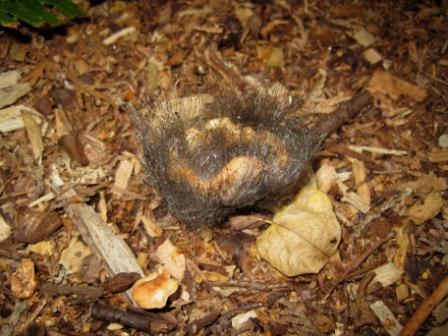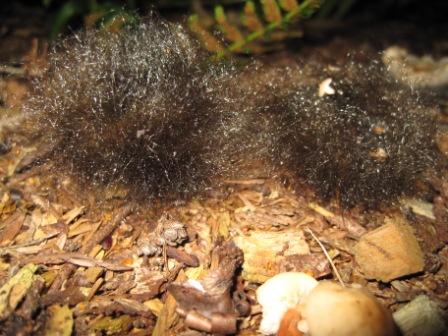
After reading Linda’s excellent post yesterday I got to thinking about all of the discussions I have had over the years with people who didn’t know or understand where we (and by we, I mean my research group) got the money to do the work which we do. Oh, they thought they knew, but they were usually way, way off. So here I’m going to give you a terribly over-simplified version of the types of money that a professor can get to conduct the research that they want to conduct. This rundown will be different from professor to professor and institution to institution of course, but the basics will be about the same.
#1 An Endowment: This is gold – the best thing there is in terms of funding. An endowment is a large sum of money in an account which earns interest, and that interest can be used by the researcher in almost any way they want (as it relates to their research of course). Few professors have endowments for their research (though quite a number have some percentage of their salary covered by an endowment). As you might expect, endowments may yield anywhere from a few thousand to a few hundred thousand dollars depending on a number of factors. My position does not currently have an endowment associated with it.
#2 Hard funding from the University (actually state or federal funding, but it feeds through the University system): This type of funding is great. It isn’t as flexible as an endowment, but it is still usually quite flexible (as long as the money is used for a project which the professor was hired to do — an English professor couldn’t use hard funding to study how container growing affects daffodils). The word “Hard” implies that the funding is available at a more or less constant level year after year, but recently it has been volatile. If a University is suffering because of cutbacks, hard funding is in danger. When I came to Minnesota I had quite a bit of hard funding – basically enough for a full time technician. Now my hard funding covers a fraction of that.
#3 Gifts: Gifts are one time presents of money. Gifts are very flexible, and always greatly appreciated, but not recurring. I have received gifts from various people and organizations ranging from a few hundred dollars up to $15,000 (sounds like a lot, but if you’re using it to pay a salary it doesn’t last long).
#4 Government Grant: Government grants (I’m going to be liberal in my definition of Government grants – they can be anything from NSF and USDA grants to grants from cities or parks) are great, but they may only be used on research, teaching, or extension that the grant was given for. This money may or may not be recurring over many years. These grants can be prestigious and important (think NSF), but they’re also a tremendous amount of work and very competitive. I have written and been on these grants and they are currently how I fund most of my research on things such as elm selection and preferred boulevard trees (my grants are from local and city entities rather than NSF or USDA, but the idea is the same).
#5 Industry Grant: An industry grant is similar to a Government Grant except that it is given by an industry group, such as the Minnesota Turf and Grounds Foundation, or by a particular company, such as Bayer. Industry groups are a preferred source of income, but money from chemical companies, and other independent companies, does have a little bit of a stigma associated with it – it feels like you’re doing something to benefit one company instead of society as a whole. Chemical company money is not sneered at, but often you do have to conduct research that may not be at the top of your priority list (though if a professor doesn’t care about the research at all then usually they won’t do it). If I can make ends meet in terms of paying my employees by treating some buckthorn with triclopyr, then yes, I will do it. I have never taken a large sum from an independent firm, but I have certainly taken money and provided the research agreed upon. I would go so far as to say that most professors in the agricultural sciences have. For some it provides the bulk of their research dollars.
I’d like to conclude by saying that, in the case of dollars from chemical companies, I don’t personally know of any researcher who has purposefully falsified, failed to report, skewed, or selectively excluded data to make the chemical company happier with the results. Doing so would ultimately just make that researcher (and the chemical company) look like an idiot. I have personally given data to chemical companies which shows that their stuff doesn’t work that well – they don’t like it, but they appreciate it – marketing something that doesn’t work isn’t good for anyone. I do know of a case where a researcher proposed a study to a large chemical company which would examine unseen dangers of a particular pesticide and was turned down – this was disappointing to me. I think that many companies feel that they have a duty to seek out obvious dangers and that the government has a responsibility to fund research investigating unseen or unlikely dangers – but that’s just my own opinion.


